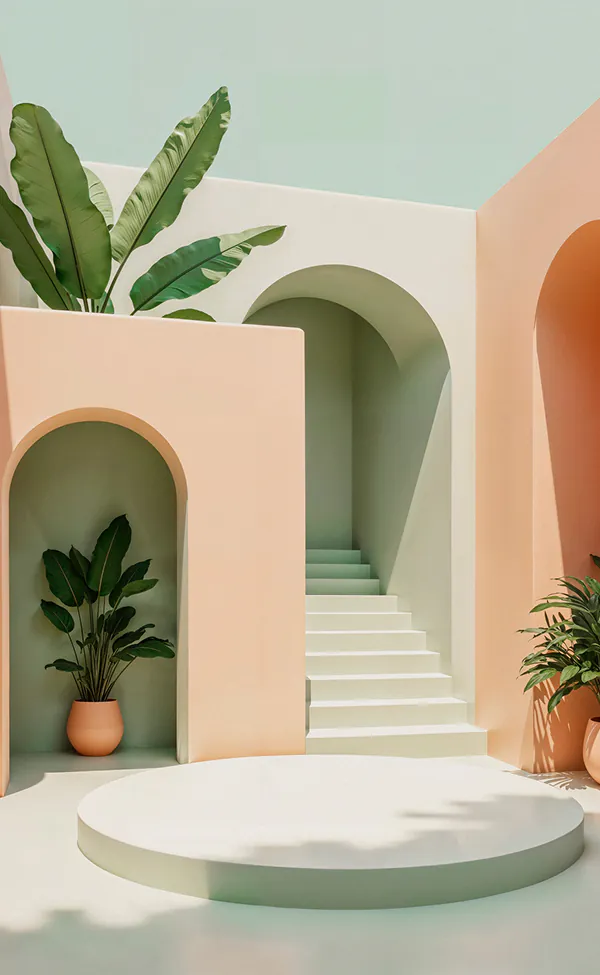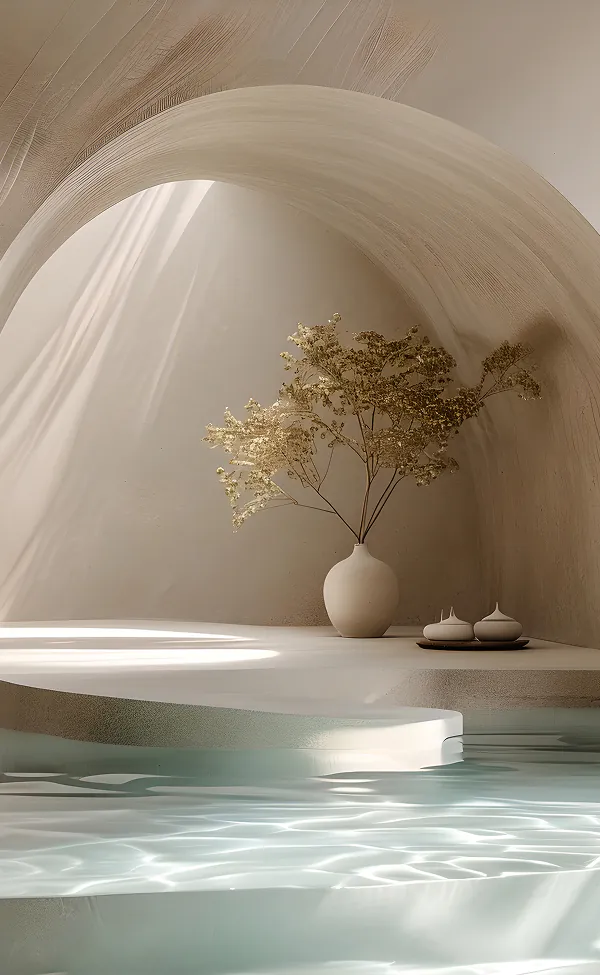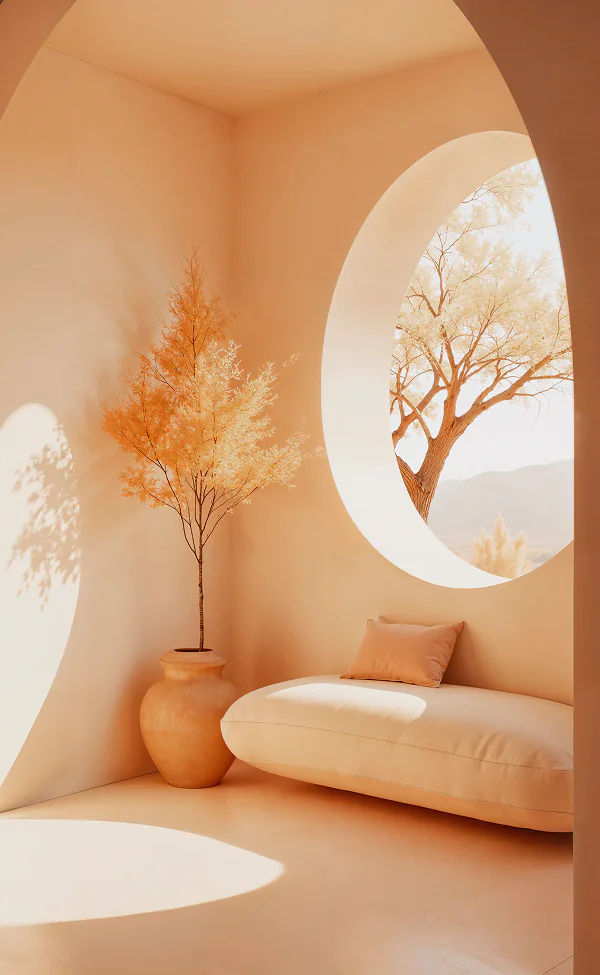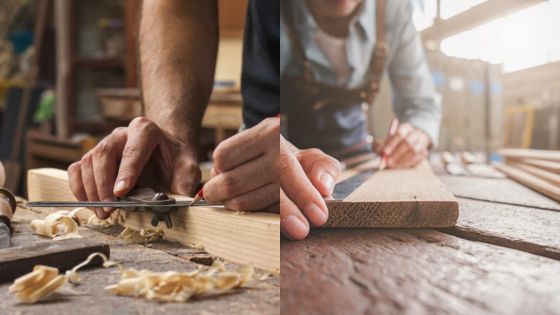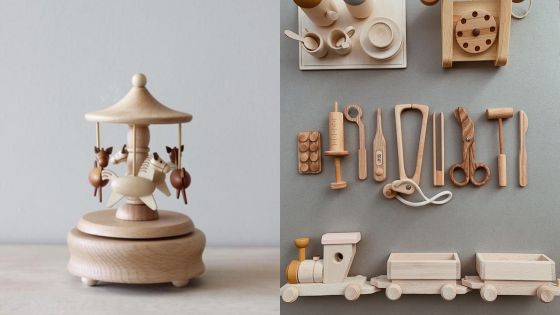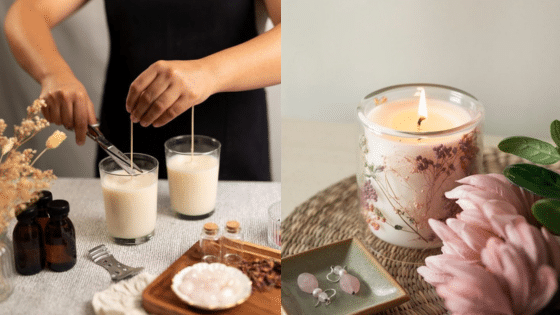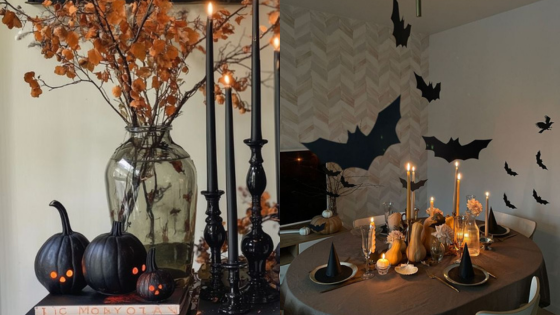Upcycling is a creative way to give new life to old items while also helping the environment. Many people are searching for practical solutions to reduce waste and save money. By transforming everyday objects into useful and unique products, individuals can enjoy a satisfying and sustainable lifestyle.
This article explores 15 ingenious upcycling ideas that are easy to implement and fun to try. These projects cater to various skill levels, so both beginners and experienced DIY enthusiasts can participate. With a little creativity, anyone can turn discarded items into something valuable and beautiful.
Turn Old Jeans into Stylish Shorts
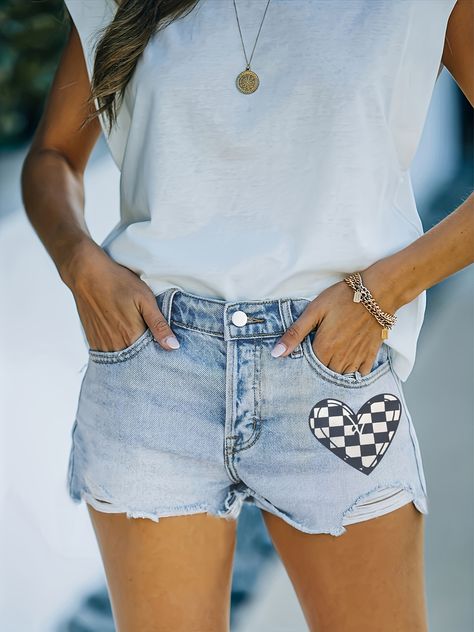
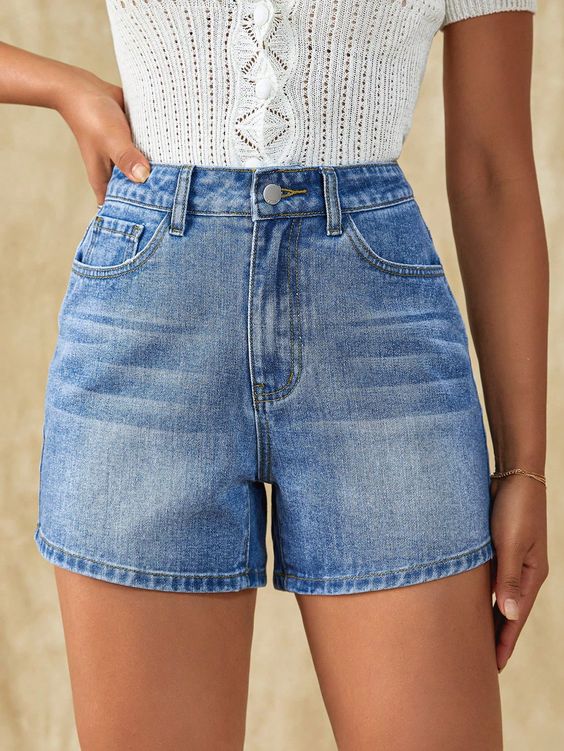
Old jeans can be transformed into fashionable shorts easily and creatively. This process not only saves money but also reduces waste in a practical way.
To start, she should choose a pair of jeans that fits well but isn’t worn anymore. Measuring the desired length of the shorts is essential. Cutting a bit longer than the final length allows for adjustments.
Cutting can be done uniformly or with a frayed edge for a trendy look. Cuffing the hem adds a classic touch. To create a cuff, she can fold the cut edge and then press it flat.
Adding personal flair is a fun part of the makeover. Sewing on fabric scraps or patches can make the shorts unique. This approach gives them a new life while showcasing individual style.
Many resources offer tutorials for different styles of shorts. Finding inspiration from places like Upstyledaily helps in trying out various techniques. By upcycling old jeans, they can achieve stylish, budget-friendly clothing choices for the summer.
2) Transform Wine Bottles into Chic Vases
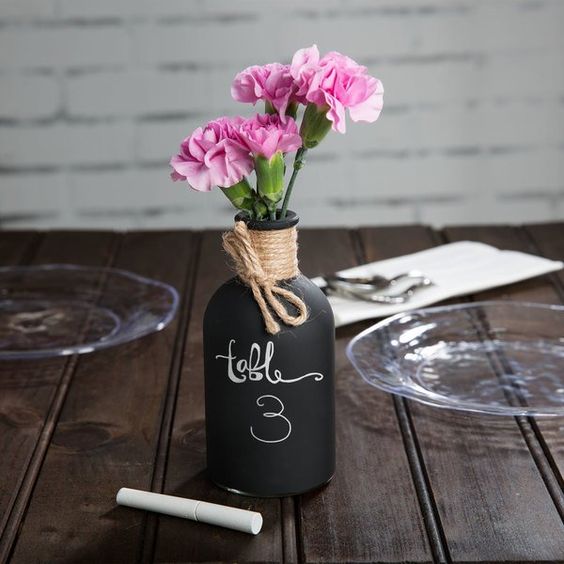
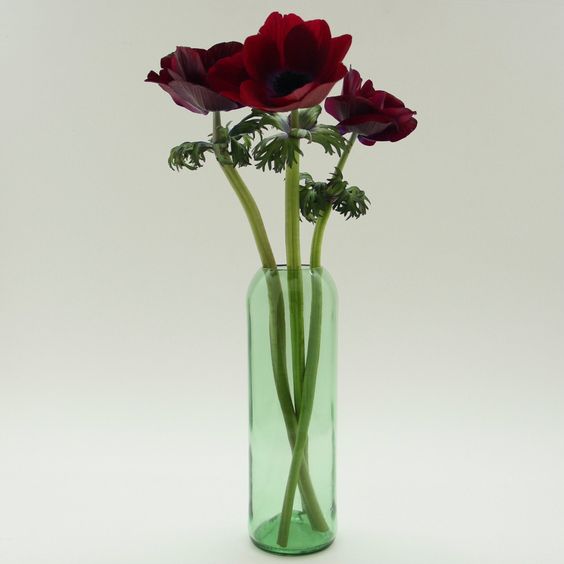
Wine bottles can easily be turned into stylish vases with a little creativity. They come in various shapes and sizes, making them versatile for different styles of decor.
To start, clean the bottle thoroughly by removing the label and any adhesive. This ensures a smooth surface for decoration. For a rustic look, some people wrap the bottle in twine or burlap.
A simple twist is to paint the bottle. Use spray paint or acrylic paint to match it with the home decor. Floral patterns or solid colors can give a modern touch.
Adding fresh flowers or dried stems can brighten any room. A single stem in a slim bottle or a bouquet in a wider one can be eye-catching.
For a chic look, consider using multiple bottles of varying heights grouped together. This arrangement can serve as a centerpiece on a dining table or a decorative piece on a shelf.
Wine bottles are not just for holding wine anymore. They can elevate home decor while promoting recycling and creativity.
3) Use Mason Jars for Organizing Supplies
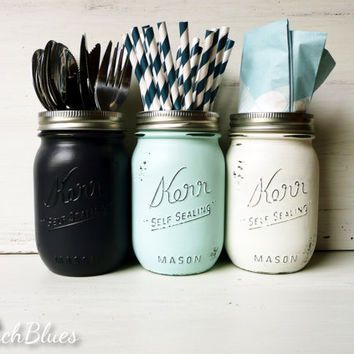
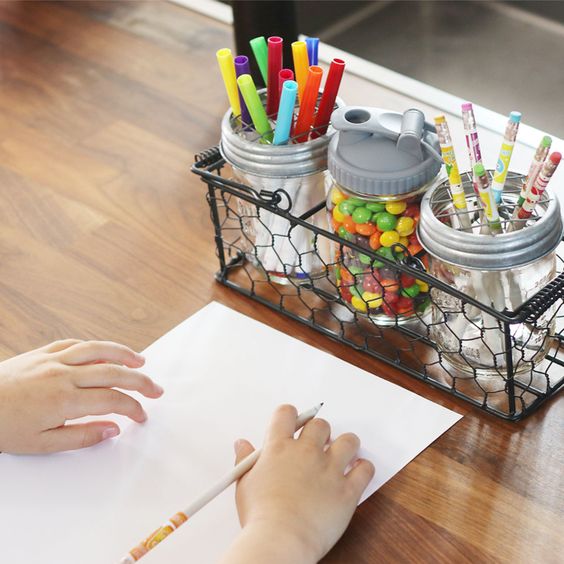
Mason jars are excellent for organizing various supplies around the home. They come in many sizes, making them versatile for different items.
These jars can hold spices, craft materials, or office supplies. Labeling each jar helps identify contents easily.
Using Mason jars also makes spaces look tidy. They fit well on shelves or countertops. Displaying jars can add a touch of charm to any room.
Another benefit is their durability. Mason jars can be cleaned and reused, which reduces waste. They are a sustainable option for storage needs.
For added creativity, people can decorate the jars. Painting or using twine can enhance their appearance. This way, they not only serve a function but also act as decor.
In the garden, Mason jars can hold tools or seeds. This keeps essential items within easy reach while planting or tending to plants.
Mason jars are a practical solution for anyone looking to organize effectively. They save money by providing an easy way to repurpose items that might have been discarded.
4) Convert Wooden Pallets into Garden Furniture
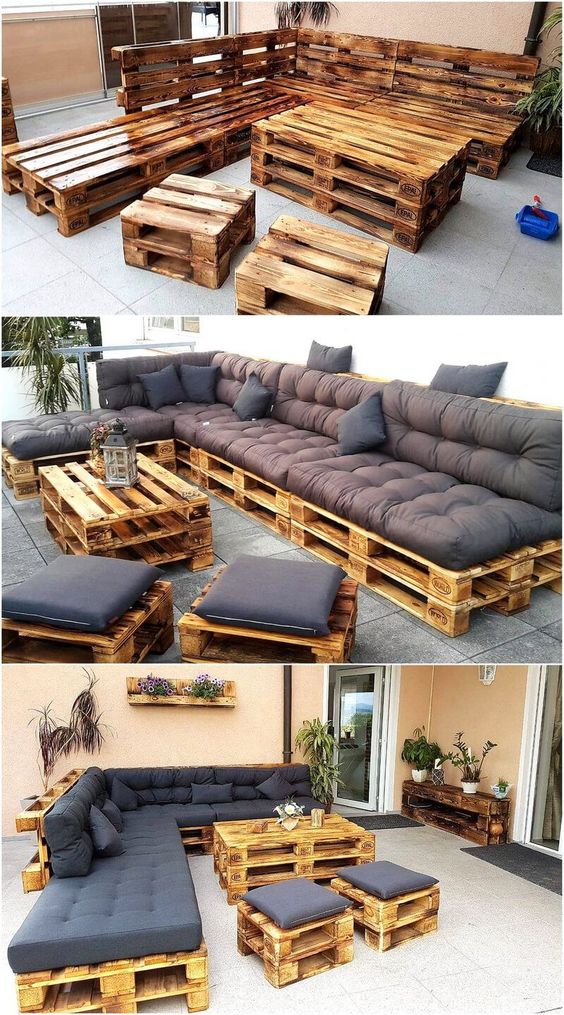
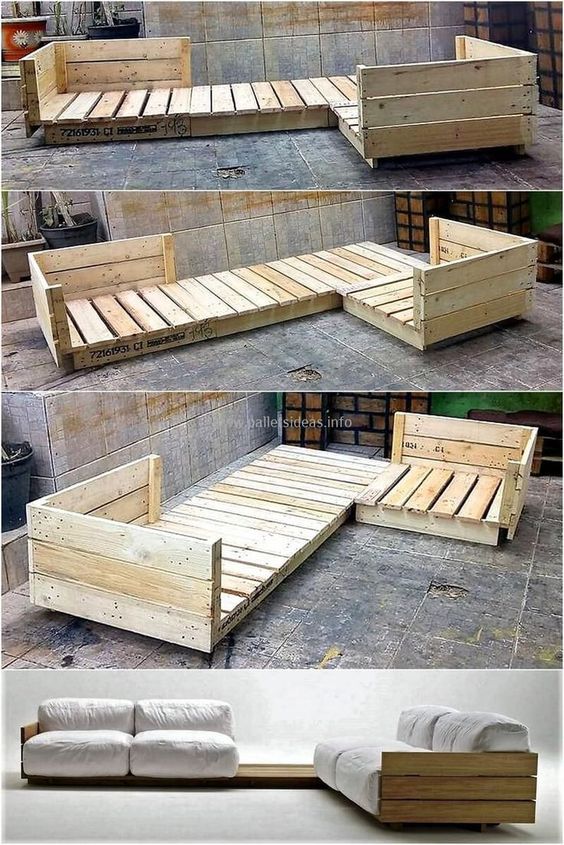
Using wooden pallets for garden furniture is both practical and creative. They are often easy to find at local stores or online, making them an affordable option for outdoor projects.
One common idea is to create a pallet bench. This requires stacking and securing pallets to build a sturdy seating space. Adding cushions can enhance comfort and style.
Another option is to make a pallet table. A simple design can provide a great surface for outdoor dining or relaxing. By sanding the pallets and applying weather-resistant paint, durability is improved.
Pallets can also be transformed into unique planters. By cutting pallets to size, they can hold various plants while adding character to the garden. This approach not only decorates the outdoor space but also encourages gardening.
These projects allow for customization, where individuals can choose colors and styles that suit their preferences. By converting wooden pallets into garden furniture, people can craft functional items while reducing waste and saving money.
5) Repurpose Tin Cans into Herb Planters
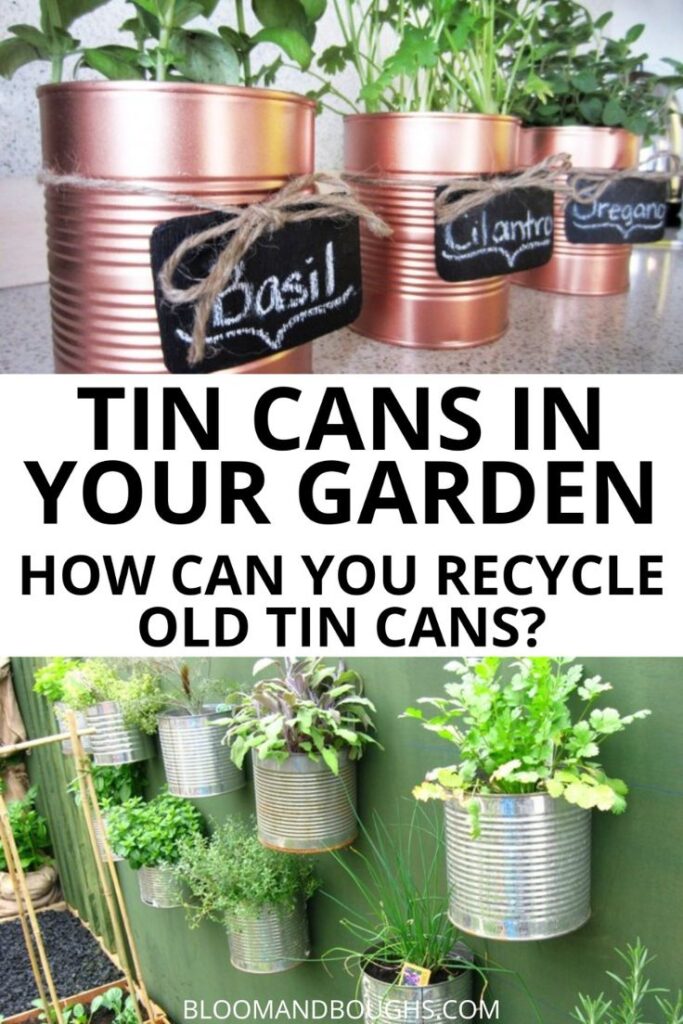
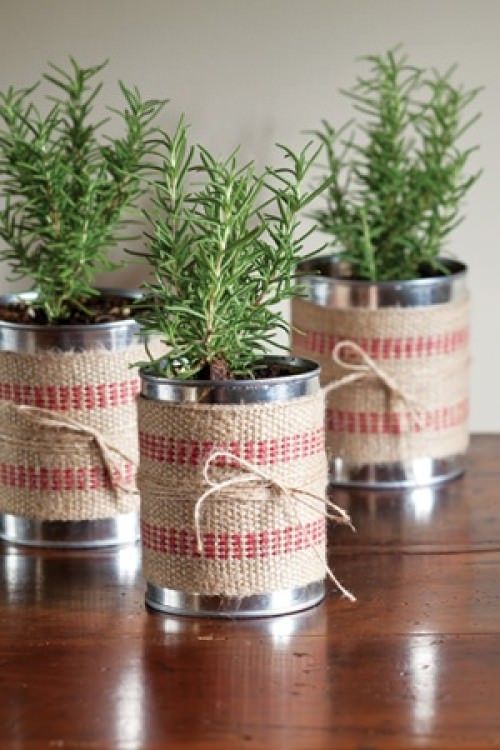
Repurposing tin cans into herb planters is a simple and cost-effective project. It helps reduce waste while adding greenery to any space.
To start, clean the cans thoroughly and remove any labels. She can then use a hammer and a nail to poke holes in the bottom for drainage.
Next, they can decorate the cans by painting them or adding colorful washi tape. This adds a personal touch to the planters.
After decorating, fill the cans with potting soil, leaving some space at the top. They can then plant herbs like basil, cilantro, or mint. These herbs thrive in smaller containers, making tin cans an ideal choice.
Placing these planters on windowsills or countertops can provide sunlight for the plants. With proper care, these herb planters can be both functional and attractive.
For more ideas on decorating tin cans, tips on planting, and design inspirations, see options like tea tin herb gardens or cute kitchen countertop arrangements.
6) Make a Bookshelf from an Old Ladder
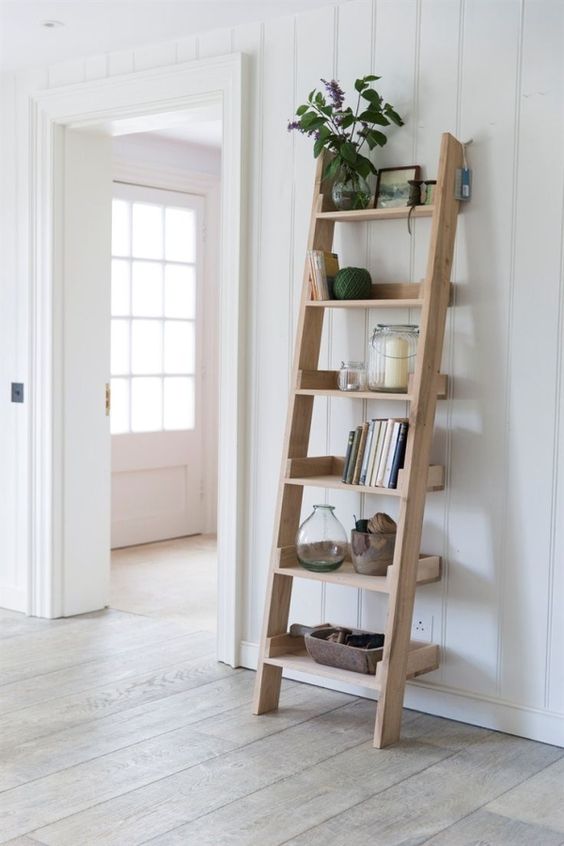
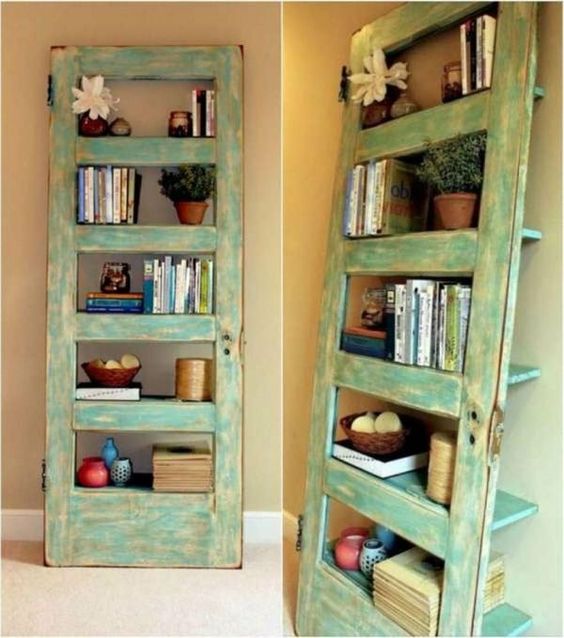
An old ladder can be transformed into a stylish bookshelf. This project is both practical and decorative.
First, find an old wooden ladder. It should be sturdy enough to hold books and other items. Clean the ladder to remove any dirt or dust.
Next, choose the placement for the ladder. Lean it against a wall or place it in a corner for support. This adds character to any room.
Then, add shelves if needed. Wooden planks can be inserted between the rungs for added storage. Paint or stain the ladder to match the room’s décor.
Finally, arrange books, plants, or decorative items on the ladder. This creative approach to storage showcases personal style.
Using an old ladder for a bookshelf not only saves money but also reduces waste. It repurposes an item that would otherwise go unused. This project makes a unique statement in any home.
7) Use Old Towels to Sew Reusable Cleaning Cloths
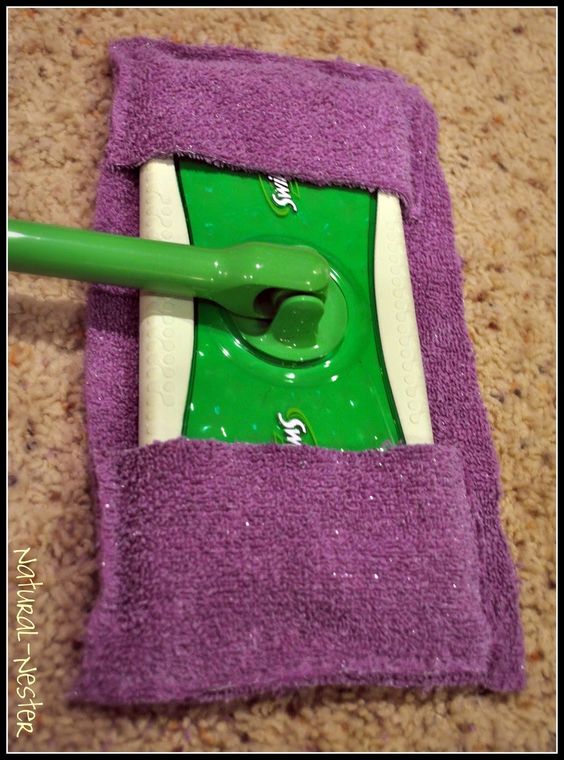
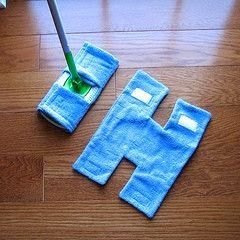
Old towels can be transformed into useful reusable cleaning cloths. This not only saves money but also reduces waste.
To start, choose towels that are still in decent condition. Cut them into smaller squares or rectangles to make cleaning rags. A typical size for a cleaning cloth is around 12 by 12 inches.
For added durability, she can sew a simple hem around the edges. This prevents fraying and extends the life of the cloth. Users can also mix textures by using both sides of the towel for different cleaning tasks.
Using these cleaning cloths helps eliminate the need for disposable paper towels. They can be washed and reused many times, making them eco-friendly and cost-effective.
This method is perfect for wiping down surfaces, soaking up spills, or even dusting. By repurposing old towels, she contributes to a more sustainable lifestyle while keeping her home tidy.
8) Create a Coat Rack from Vintage Door Knobs
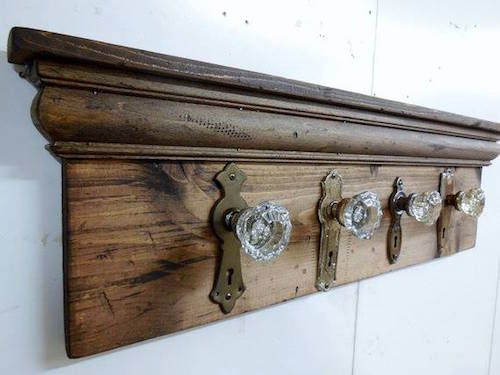
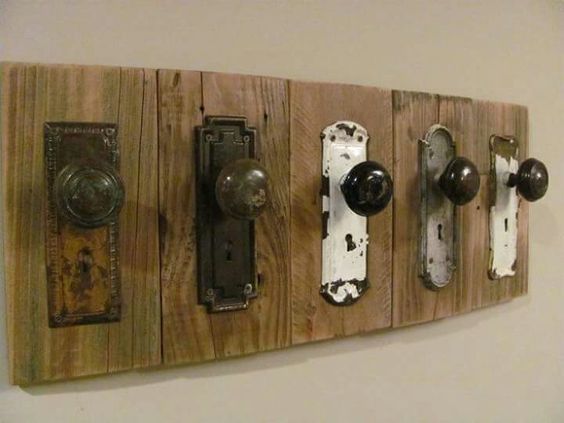
Using vintage door knobs is a creative way to make a unique coat rack. This project can be a stylish addition to any hallway or entryway.
To start, gather some old door knobs and a sturdy piece of wood. The wood can be reclaimed lumber or any type that fits your design. Sand the wood to make it smooth and remove any rough edges.
Next, arrange the door knobs on the wood in a layout that looks appealing. Once satisfied with the placement, mark the spots where the knobs will go. Drill holes through the wood to fit the knobs securely.
Attach the knobs by screwing them into place. Ensure they are tight enough to hold coats and other items. For added support, consider attaching a bracket or support to the back of the wood.
Finally, mount the coat rack on the wall at a convenient height. This charming project not only helps reduce waste but also showcases personal style. Visual inspiration can be found in various DIY videos, such as this one.
9) Transform a Broken Mirror into a Mosaic Tabletop
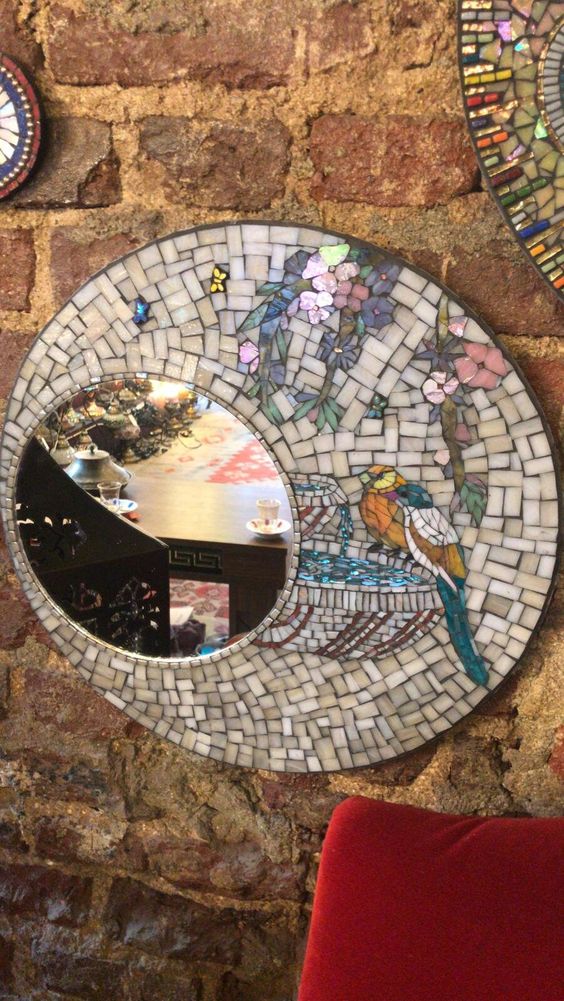
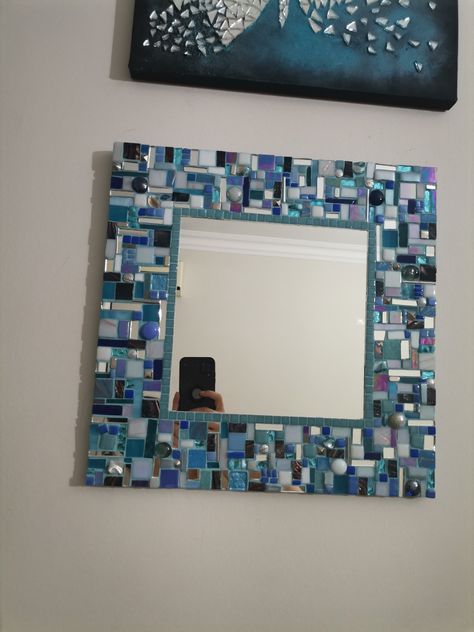
Turning a broken mirror into a mosaic tabletop is a creative way to upcycle old glass. It not only saves money but also adds a unique style to furniture.
To begin, gather the broken mirror pieces and a sturdy table surface. Lay the mirror pieces out on the table to create a design. Using a heavy-duty hammer, carefully break the mirror further if needed.
Next, prepare the surface. Clean it thoroughly and ensure it is smooth. Apply adhesive to the table surface, then press each mirror piece into place. This part can be fun, as they can be arranged in any pattern or layout.
Once all pieces are set, allow the adhesive to dry completely. After that, use grout to fill in the spaces between the mirror pieces. This gives a finished look and secures the pieces.
Finally, wipe off any excess grout with a damp cloth. The result is a dazzling mosaic tabletop that reflects light beautifully. This project adds character to any room while making use of materials that might otherwise go to waste.
10) Convert CD Cases into Picture Frames

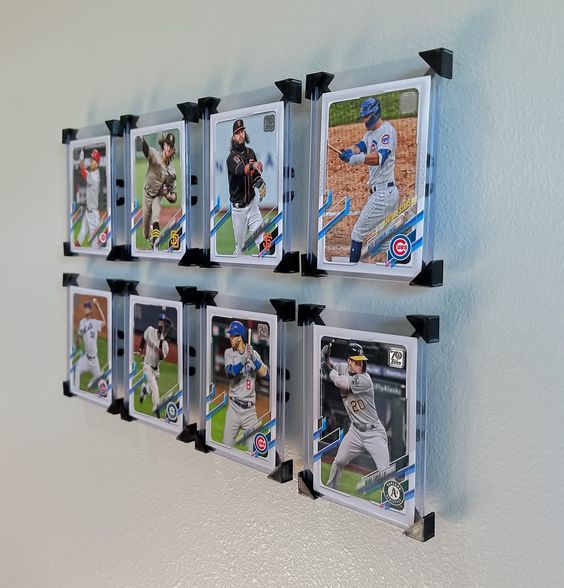
Old CD cases can be easily transformed into picture frames. They are already clear and provide the right size for displaying photos. This crafty idea allows individuals to recycle materials that might otherwise go to waste.
To start, one needs a few empty CD cases and chosen pictures. Opening the case reveals its two sides, ideal for inserting the picture. The built-in prongs help hold the image in place.
This method adds a personal touch to home décor without spending much money. Using CD cases is not only creative but also practical.
This project is quick and fun, making it a perfect activity for families and kids. It promotes recycling and encourages creativity.
By converting CD cases into picture frames, people can showcase their favorite memories while reducing waste. This simple craft adds unique flair to any space.
11) Turn Wine Corks into a DIY Bulletin Board
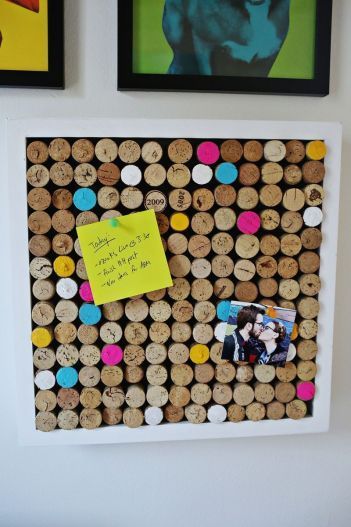
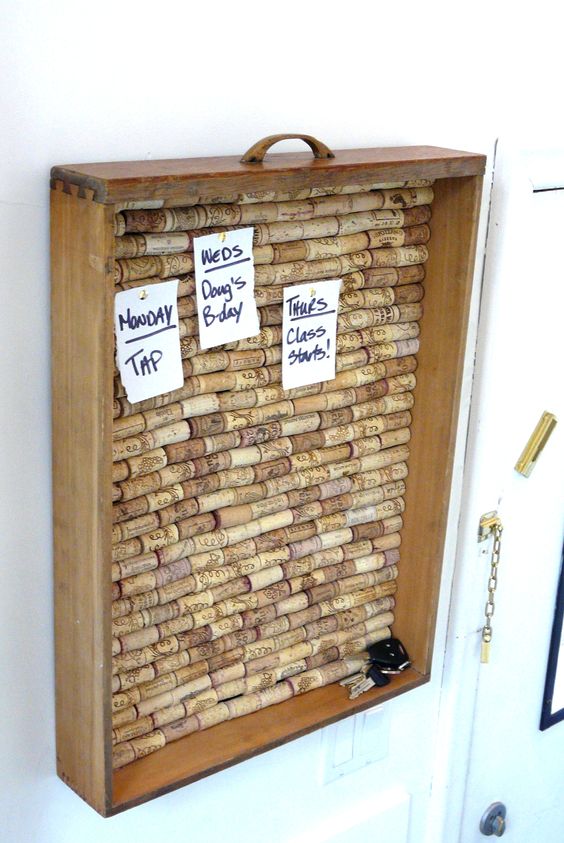
Creating a bulletin board from wine corks is a fun and eco-friendly project. It makes use of old corks while adding a unique touch to home decor.
To start, gather used wine corks. Cleaning them is important. They can be washed in a solution of water and dish soap, then rinsed thoroughly. For stubborn stains, a quick dip in bleach can help.
Next, choose a sturdy backing. Many people use an old picture frame or a plywood board. This provides a solid base for attaching the corks. Lay the corks out in the desired pattern before gluing them on.
Using a strong adhesive, such as E6000, ensures that the corks stay in place. It’s best to leave some space between the corks for pinning notes or photos.
Once the corks are secured and the glue is dry, the bulletin board is ready for use. This project not only repurposes wine corks, but it also creates a functional item.
This DIY bulletin board can be customized with various sizes and shapes of corks. It makes an attractive and practical addition to any room. For more detailed instructions, visit DIY Wine Cork Bulletin Board.
12) Repurpose an Old Window into a Decorative Mirror
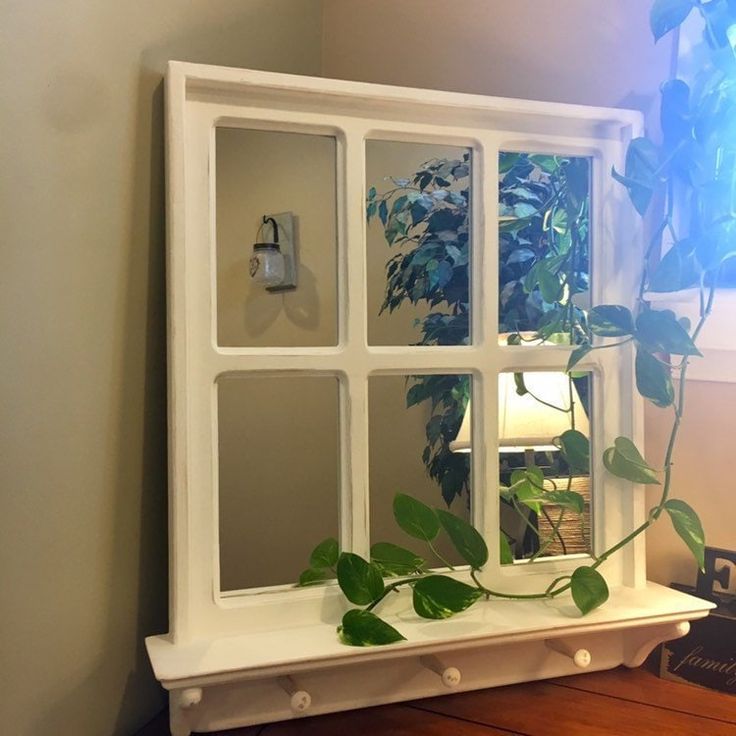
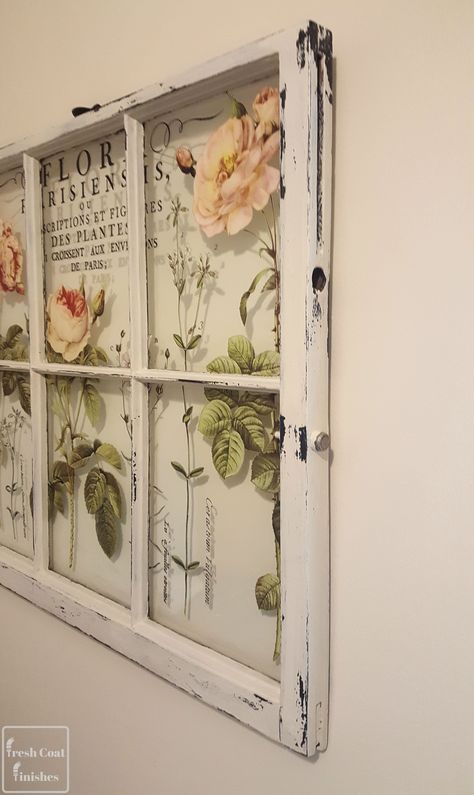
Repurposing an old window into a decorative mirror can add charm to any room. It brings a unique touch while being budget-friendly and environmentally friendly.
First, choose a window with a frame that pleases the eye. The size and design can greatly influence the final look. Cleaning the glass is crucial for a clear reflection.
Next, remove any old glass if it’s broken. Measure the frame to ensure the new mirror fits well. Many home improvement stores cut mirrors to size, making this step easy.
After securing the mirror in place, paint or refinish the frame if desired. This customization allows for personal expression and can match the room’s decor.
Hang the finished piece in a desired location. It can serve as a focal point in a living room, hallway, or bathroom. A decorative mirror made from an old window can reflect light, making the space feel larger and brighter.
This project not only reuses materials but also creates a beautiful item for the home. It is a simple yet effective way to enhance the home’s aesthetic while being budget-conscious.
13) Make Shoe Storage from PVC Pipes
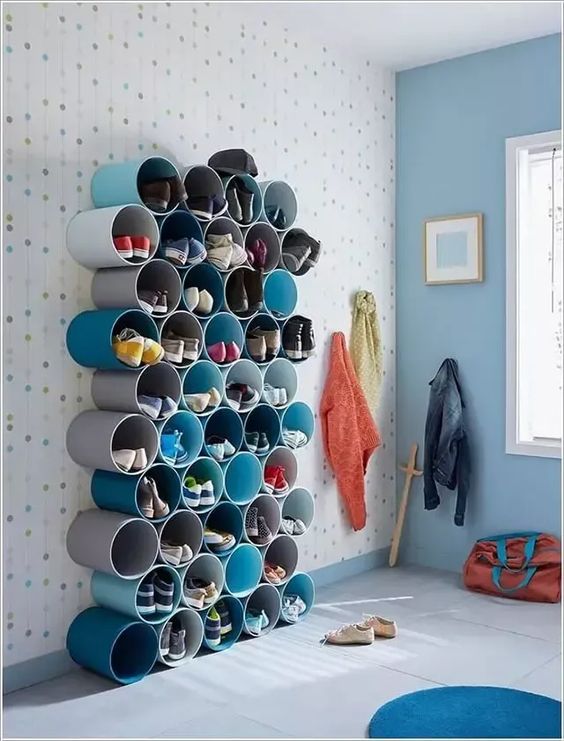
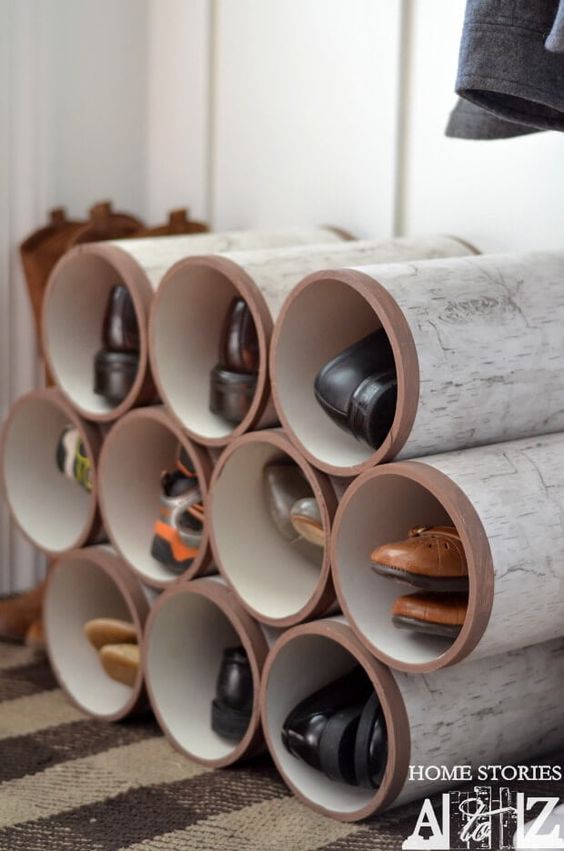
Creating shoe storage from PVC pipes is a smart way to upcycle materials while saving space. This project is inexpensive and easy to set up.
First, one needs to gather the right supplies. They will require several 6-inch wide PVC pipes, cut to a suitable length for shoe storage. Each piece should be deep enough to hold a pair of shoes comfortably.
Next, she can arrange the pipes in the desired shape. They can be stacked vertically or laid horizontally, depending on the available space. This creates a unique and functional shoe organizer.
Finally, it is possible to customize the design. One can paint the pipes or cover them with fabric to match their decor. This not only adds style but also enhances the overall look of the room.
Using PVC pipes for shoe storage provides an efficient way to reduce clutter. It encourages creativity while promoting sustainability by repurposing materials. For more detailed instructions on making this organizer, check out the DIY PVC Pipe Organizer.
14) Use Fabric Scraps to Create Patchwork Quilts
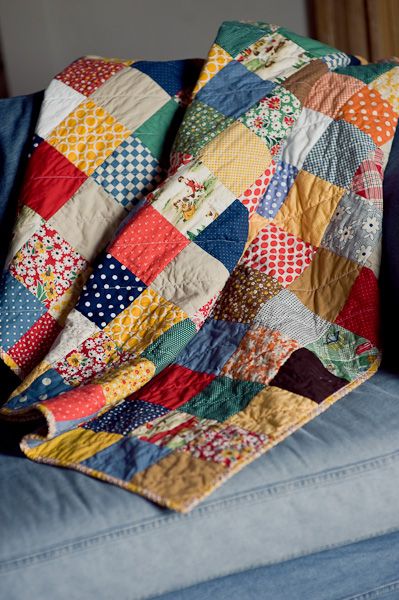
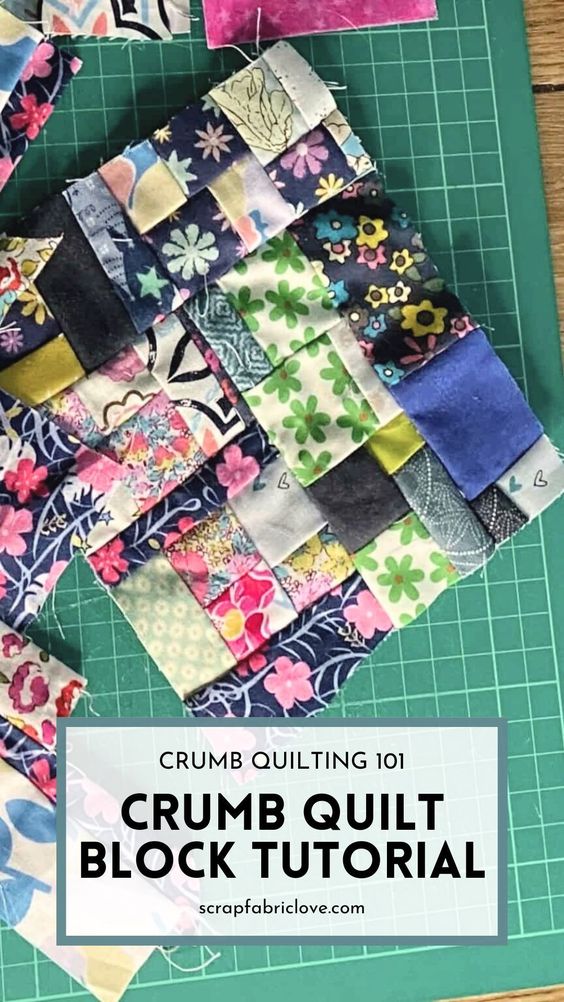
Creating patchwork quilts is a fun way to use leftover fabric scraps. This method turns small pieces of fabric into beautiful and unique designs. It allows for creativity while also reducing waste.
To begin, gather various fabric scraps. They can come from old clothes, leftover projects, or fabric remnants. The randomness of colors and patterns adds charm to the quilt.
One popular technique is crumb piecing. In this method, small fabric pieces are sewn together to create larger blocks. This allows for a variety of textures and shades in the quilt.
Another option is to use a specific pattern. Many resources offer templates and ideas for scrap quilts. These patterns can guide the design process while still incorporating personal flair.
This upcycling project not only saves money but also creates a cozy item for the home. Patchwork quilts can be both functional and decorative. Plus, they often tell a story through the fabrics used.
By combining skills and scraps, anyone can create something special. It’s a rewarding way to express creativity and contribute to sustainability.
15) Build Planters from Old Tires
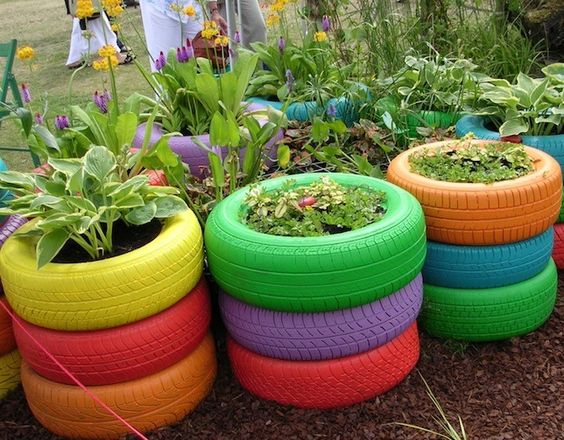
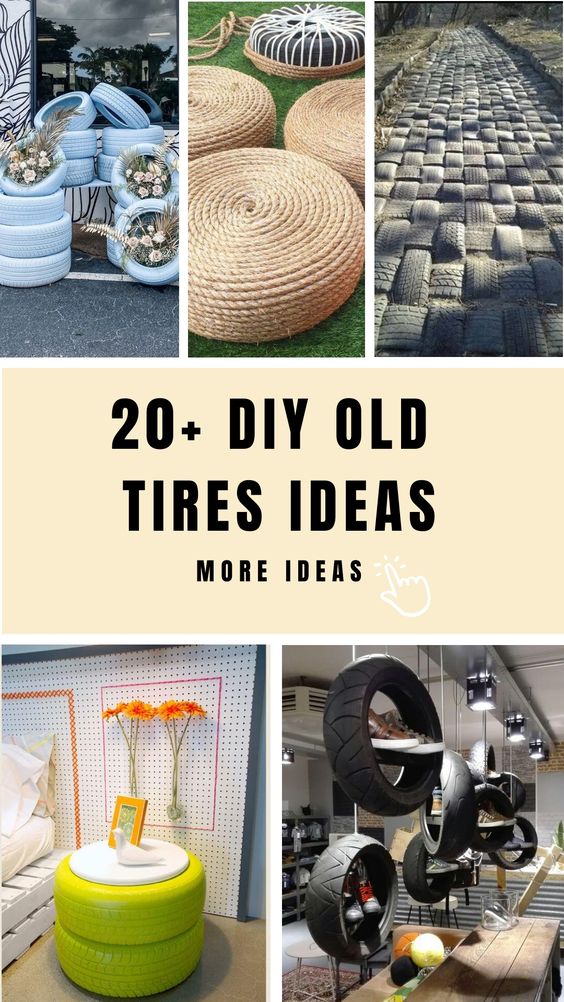
Using old tires for planters is a smart way to recycle and decorate outdoor spaces. This project helps reduce waste while creating unique garden features.
To start, collect a few old tires. They can often be found for free at local garages or tire shops. Once the tires are obtained, they should be cleaned thoroughly to remove dirt and any chemicals.
Next, paint the tires with bright colors for a cheerful look. Adding a weatherproof stain can also enhance their durability. After painting, they can be stacked or placed separately in a desired arrangement.
For added stability, some people place a wooden base inside the tire. This allows it to hold soil without collapsing. Drainage holes can also be added to prevent water from pooling at the bottom.
These tire planters can hold various plants, from flowers to herbs. Arranging them in creative shapes along a walkway or garden area can provide visual interest. To learn more about this process, visit Addicted 2 DIY. This project not only boosts creativity but also contributes to a more sustainable home environment.
Understanding Upcycling


Upcycling is a creative process that transforms waste materials into new products. It not only helps in reducing waste but also encourages innovation and resourcefulness.
Definition and Benefits
Upcycling is the act of taking discarded items and altering them to create something useful or valuable. This can include furniture made from pallets, or clothing turned into tote bags. The key benefit of upcycling is its environmental impact. By repurposing items, it reduces the amount of waste sent to landfills.
Additional Benefits:
- Cost Savings: Upcycling often requires fewer resources and can be done at a low cost.
- Personal Expression: Individuals can showcase their creativity by designing unique items.
- Sustainability: It promotes a circular economy where products are reused instead of disposed of.
Overall, upcycling encourages a sustainable lifestyle by valuing creativity and resourcefulness.
Difference Between Upcycling and Recycling
While both upcycling and recycling aim to reduce waste, they are different processes. Recycling involves breaking down materials into raw materials to create new products. This means that the original item is processed and often loses its original form.
In contrast, upcycling keeps materials intact, simply enhancing or transforming their function. For example, an old window can become a frame for a mirror, while plastic bottles may be recycled into new plastic products.
Key Differences:
- Process: Upcycling is a creative modification; recycling is a mechanical process.
- Outcome: Upcycling often results in a higher-value item, while recycling produces raw materials.
These distinctions highlight the unique advantages of upcycling in promoting creativity and sustainability.
Environmental Impact of Upcycling
Upcycling significantly influences waste management and resources. It reduces the amount of waste sent to landfills and decreases the carbon footprint associated with producing new items.
Reducing Landfill Waste
Upcycling directly minimizes landfill contributions. By reusing old materials, individuals can divert items such as furniture, clothes, and packaging from disposal sites.
For instance:
- Old Jeans: Repurposing them into quilts or bags.
- Glass Jars: Converting them into storage containers or decorative pieces.
The Environmental Protection Agency (EPA) reports that landfills are major sources of methane, a potent greenhouse gas. Reducing items in landfills helps lower this harmful output.
Upcycling encourages creativity and innovation, inspiring people to think differently about waste. This mindset shift can lead to more sustainable habits in communities.
Lowering Carbon Footprint
Upcycling contributes to lowering the carbon footprint by minimizing the need for new products. Producing new goods often involves extracting raw materials, manufacturing, and transportation, all of which emit greenhouse gases.
For example, upcycling furniture cuts down on the resources required for new furniture production.
Benefits include:
- Less Energy Consumption: Using existing materials requires less energy.
- Fewer Emissions: Unused items already produced do not lead to additional emissions.
Overall, encouraging upcycling habits supports environmental sustainability. As more people engage in upcycling, the collective impact can help mitigate climate change and promote a circular economy.
- 1.5Kshares
- Facebook0
- Pinterest1.5K
- Twitter3
- Reddit0




